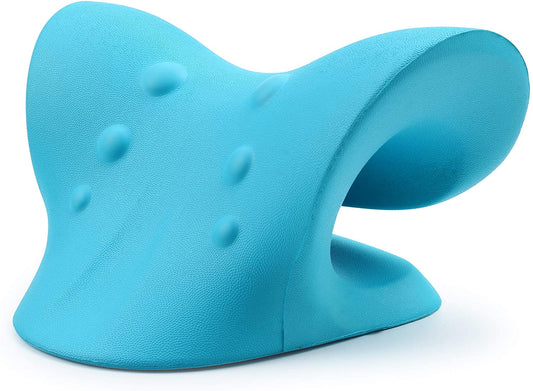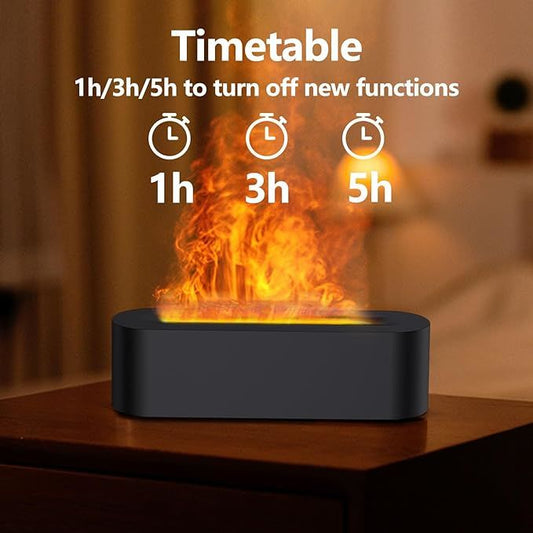In the hushed hours of the night, when the world is draped in shadows and tranquility should reign, a silent epidemic is on the rise. Sleep disorders, once relegated to the fringes of medical discourse, are now stepping into the spotlight as an increasingly prevalent and concerning health issue. The quest for a restful night's sleep has become a battle for many, and the culprit may lie in the very devices that promise to make our lives more connected and convenient.
As our lives become more entwined with the digital realm, the incidence of sleep disorders is escalating at an alarming rate. The pervasive use of smartphones and other electronic gadgets, particularly in the late hours, is a significant contributor to this phenomenon. The blue light emitted by screens interferes with the body's natural production of melatonin, the hormone responsible for inducing sleep. This disruption, coupled with the constant barrage of notifications and the addictive allure of scrolling through social media feeds, is a perfect storm that sabotages our chances of achieving a restful slumber.
Insomnia, a sleep disorder characterized by difficulty falling or staying asleep, is at the forefront of this surge. The always-on culture perpetuated by our digital devices has blurred the boundaries between day and night, making it challenging for individuals to unwind and disconnect. The consequences are far-reaching, extending beyond mere fatigue. Chronic insomnia has been linked to an increased risk of anxiety, depression, and a host of other physical health issues, including cardiovascular diseases.
Another sleep disorder on the rise is sleep apnea, a condition where breathing repeatedly stops and starts during sleep. While various factors contribute to sleep apnea, the sedentary lifestyle exacerbated by excessive screen time and the prevalence of digital entertainment during bedtime may play a role. The lack of physical activity and poor sleep hygiene contribute to weight gain and the weakening of muscles, which are factors associated with sleep apnea.
Restless legs syndrome (RLS), a neurological disorder characterized by an uncontrollable urge to move the legs, is also making its mark. Prolonged periods of sitting while engrossed in our digital devices, coupled with the constant bombardment of stimuli, may contribute to the discomfort and restlessness that define RLS. The irony is palpable—an era of unparalleled connectivity is breeding a generation grappling with the disconnect between mind and body during crucial hours of repose.
The consequences of this rise in sleep disorders extend to society at large. Decreased productivity, an increase in workplace accidents, and a surge in healthcare costs are just a few of the repercussions. The toll on mental health is particularly concerning, as sleep disorders are intricately linked to conditions such as depression and anxiety.
Addressing this silent epidemic requires a multifaceted approach. While advancements in technology have contributed to the problem, they also offer potential solutions. Sleep-tracking apps, smart beds, and wearables provide insights into sleep patterns and can encourage individuals to adopt healthier habits. Setting digital boundaries, creating a conducive sleep environment, and prioritizing mental well-being are crucial steps in the battle against sleep disorders.
In the quest for a good night's sleep, awareness is the first step. Recognizing the impact of our digital-centric lifestyles on sleep health is paramount. As we navigate the complexities of the modern world, reclaiming the tranquility of the night and fostering a culture that values the sanctity of sleep may be the key to curbing the silent epidemic of sleep disorders that looms over our restless society.




